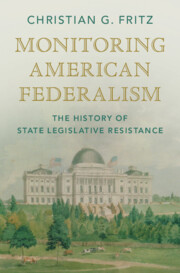Asian Americans are the fastest growing racial group in the US electorate, yet they are significantly under-represented in political office. How do predominantly immigrant groups like Asian Americans close this representation gap? We build on existing theories of minority representation and immigrant assimilation by highlighting the importance of a group’s political incorporation into American society. We argue that the representation of minority immigrant groups in political office requires social integration and the acquisition of civic resources, processes that can take considerable time. Using new data on Asian American state legislators spanning half a century, we find that immigration in prior decades is associated with greater political representation, while contemporaneous population size has either no independent impact or a negative one. Other indicators of immigrant social integration, including citizenship status, language ability, education, and income, also predict the likelihood of co-racial representation in political office. Our results suggest political representation gaps of immigrant groups narrow over time, though this may be a non-linear process. Our findings also imply that the least integrated members of immigrant groups are the most likely to be affected by representational deficits.
